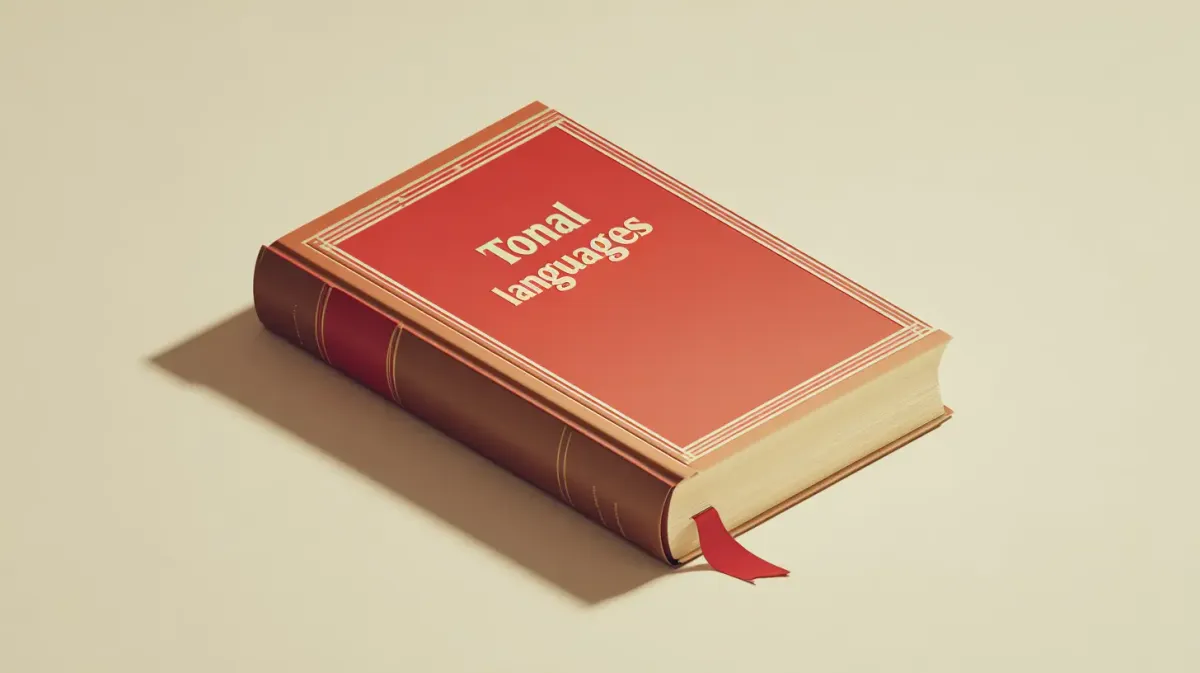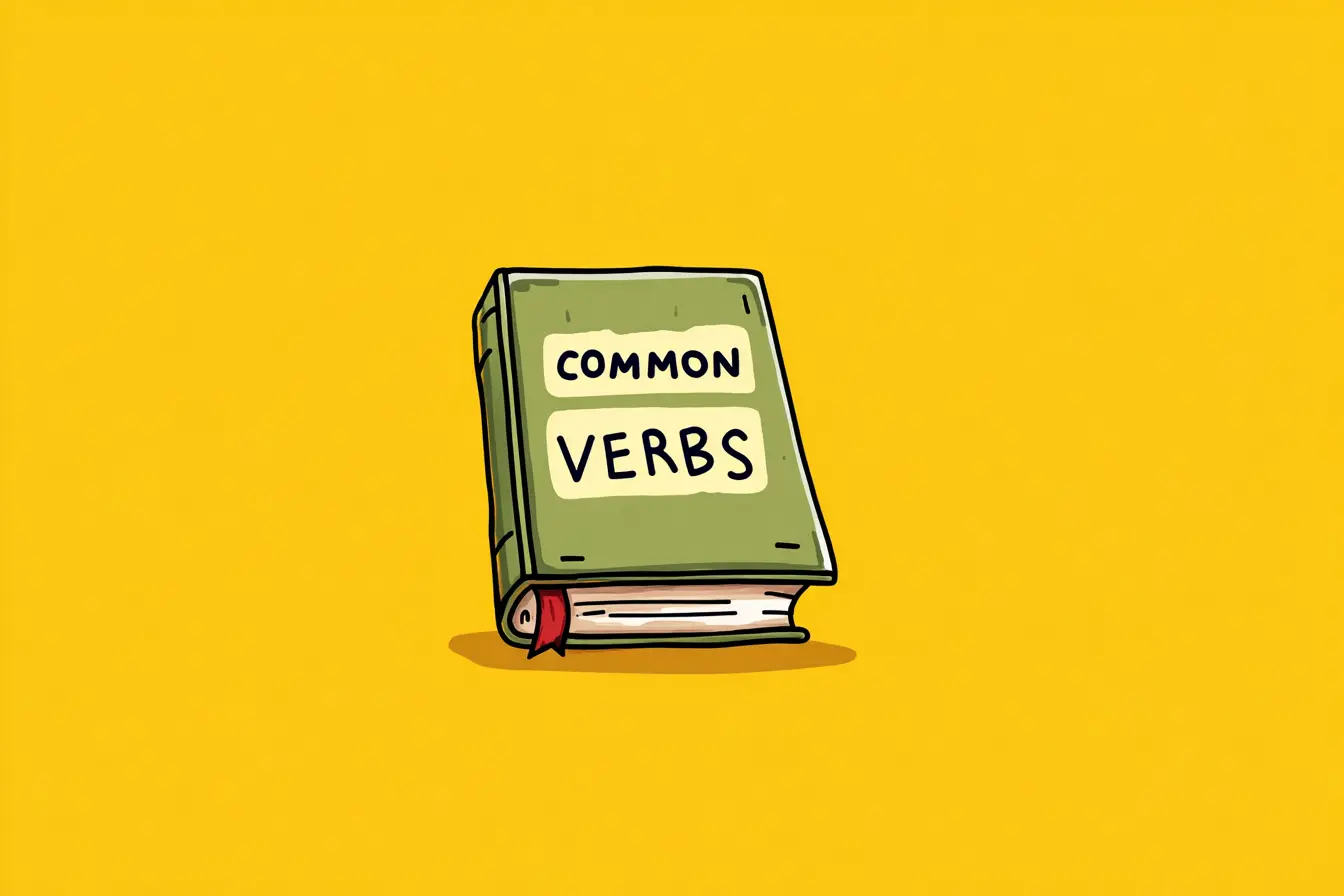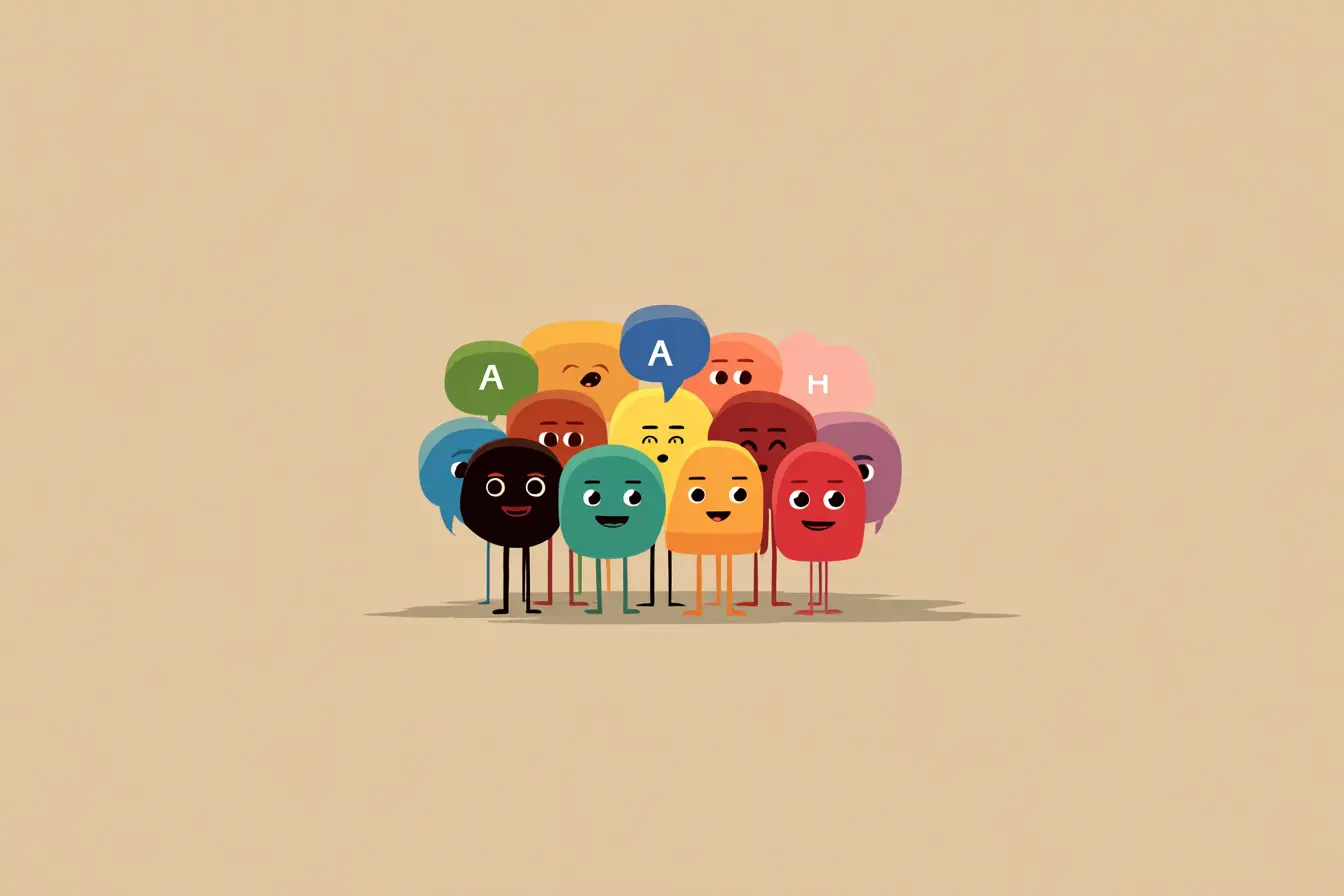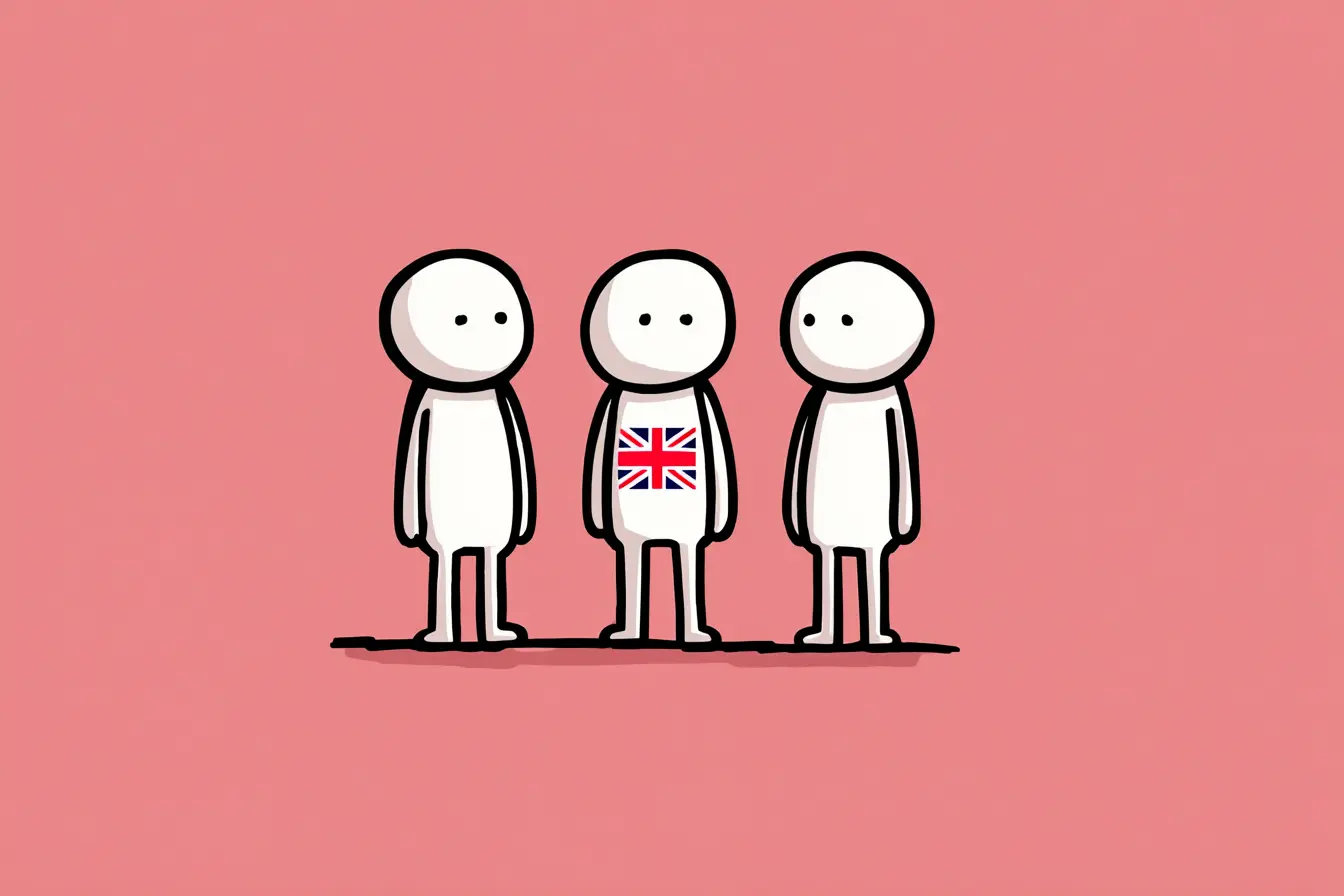Imagine if just saying “ma” could mean mother, horse, scold, or hemp, depending on how you say it. Welcome to the world of tonal languages, where pitch isn’t just emotion, it’s meaning.
In this article, we’ll explore how tone can transform words entirely and take a world tour through the well-known tonal and non-tonal languages. Ready to tune in?
What Is a Tonal Language?
A tonal language is a language in which the pitch or intonation used when pronouncing a word can change its meaning completely. It’s not about sarcasm or surprise; it’s part of the core vocabulary. Tone = meaning.
For example, in Mandarin Chinese:
- mā (妈) = mom
- má (麻) = hemp
- mǎ (马) = horse
- mà (骂) = scold
Same letters. Totally different meanings. That’s tonal power.
Which Languages Are Tonal?
You might be surprised by where tone plays a starring role and where it doesn’t. Let’s break it down:
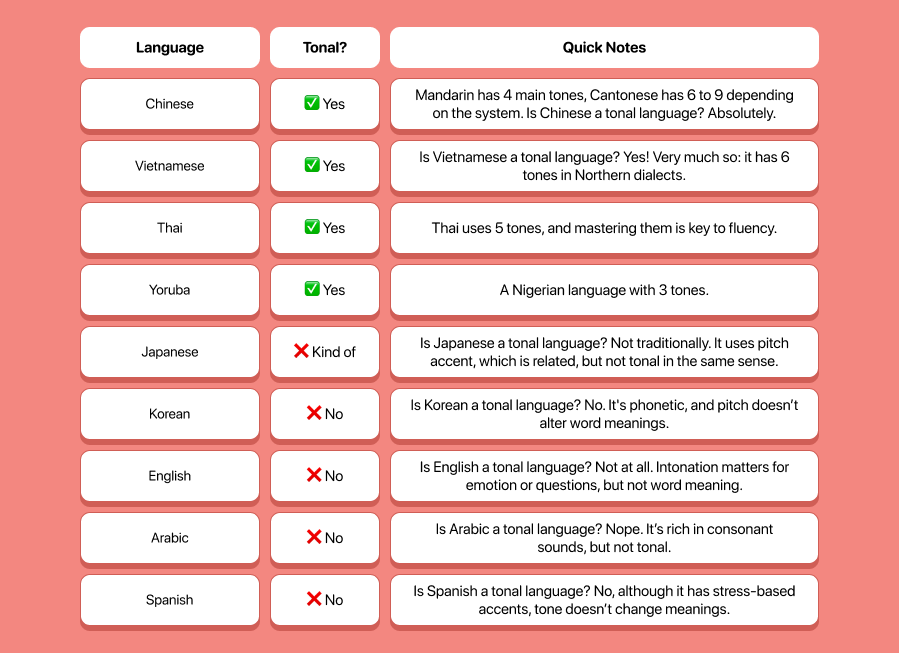
What Language Has the Most Tones?
That award likely goes to Cantonese, with 6 to 9 tones depending on how you count them. Other highly tonal contenders include Hmong (with up to 8 tones) and some regional languages in Southeast Asia and Africa.
Why Are Tonal Languages So Hard (and So Cool)?
If you're used to non-tonal languages like English or Spanish, learning a tonal language can feel like learning how to sing every sentence with perfect pitch. You might say the word correctly but use the wrong tone, and accidentally call your friend’s mom a horse. 🐴 Oops.
But tonal languages also offer incredible efficiency. A limited number of syllables can express thousands of words, simply by changing the tone. It’s a genius-level compression system.
A tonal language is a powerful reminder that how you speak can completely shift the meaning of your words. Tone doesn’t sit on the sidelines, it plays a central role.
Digging into tonal systems opens your ears to something deeper: language as melody, speech as music. A whole world of meaning lives in the rise and fall of your voice.


